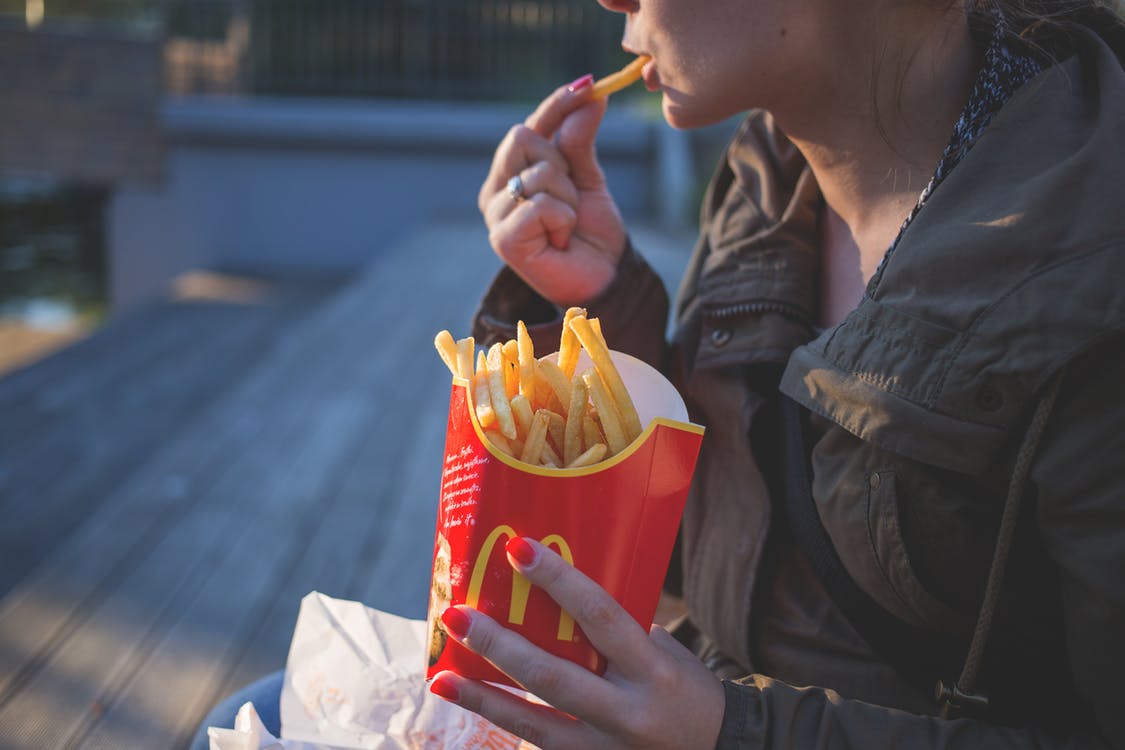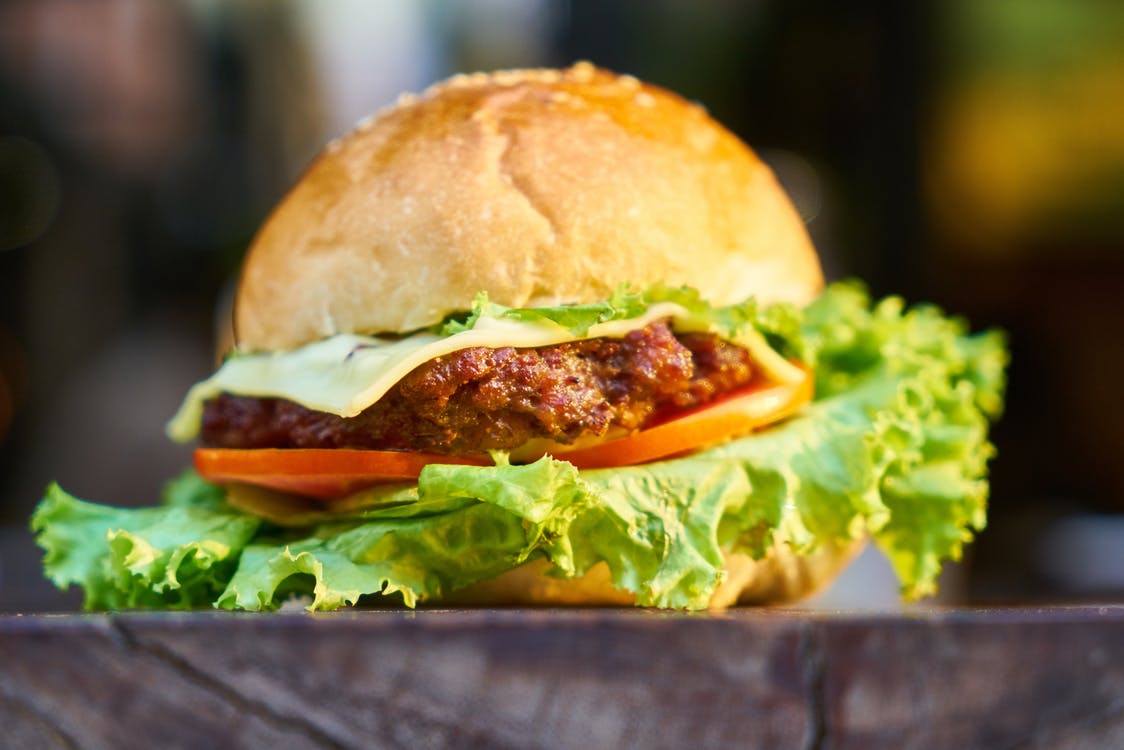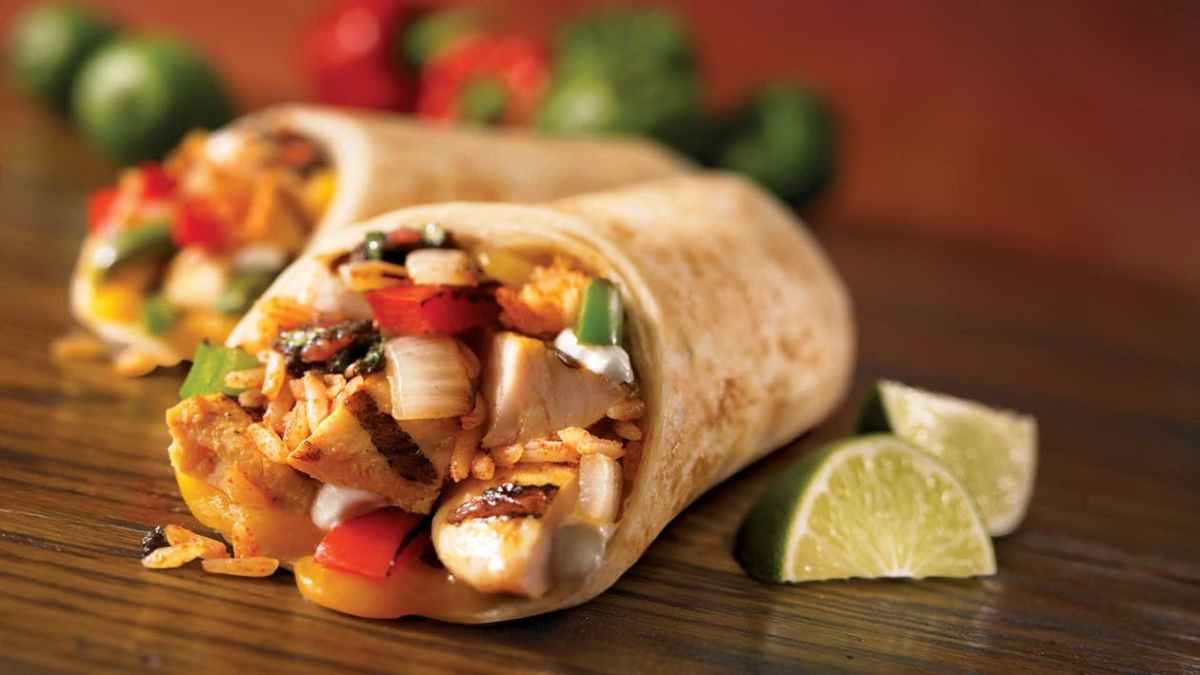Forks Over Knives is a 2011 American advocacy film and documentary that advocates a low-fat, whole-food, plant-based diet as a way to avoid or reverse several chronic diseases. The film stresses that processed foods and all oils should be avoided. This is sometimes confused with a vegandiet, which in practice can be very different. The whole-food, plant-based diet promotes eating whole, unrefined or minimally refined plant-based foods. Those who adapt the lifestyle will base their diets around foods such as whole grains, legumes, tubers, vegetables, and fruits. It seeks to exclude or minimize any sources of animal-based protein and highly refined foods such as refined sugars and bleached flours.
Forks over knives
Labeled for reuse from Google Images







